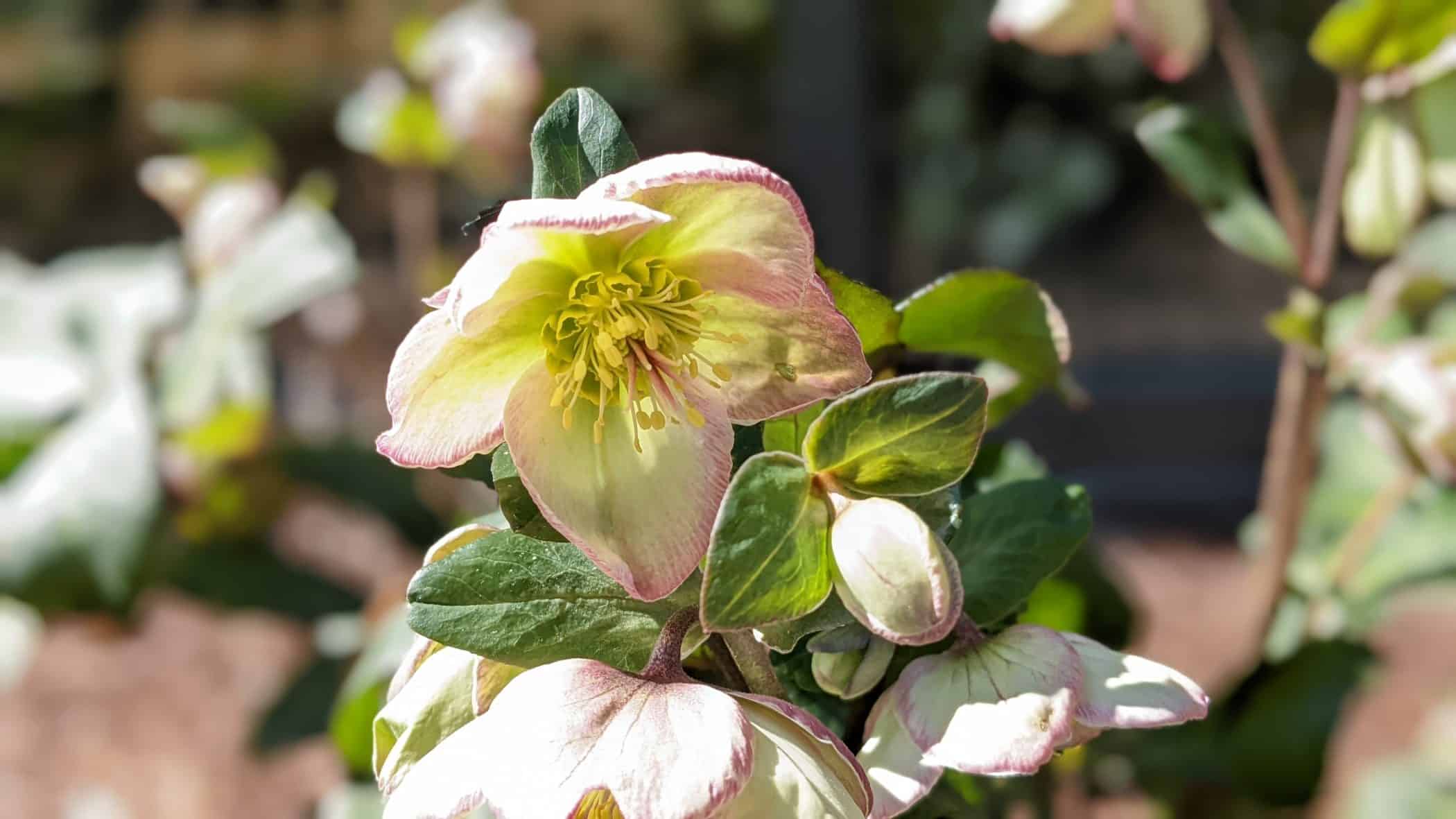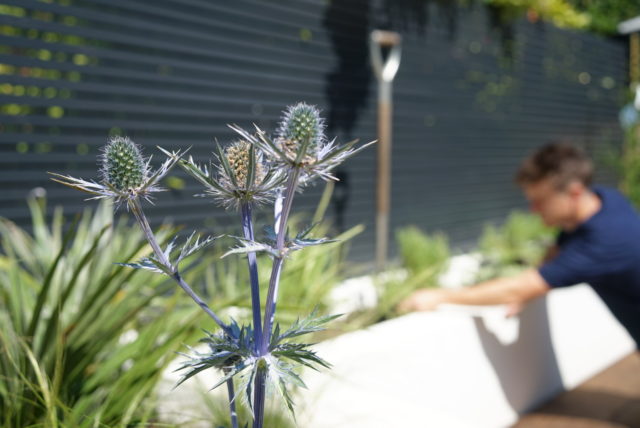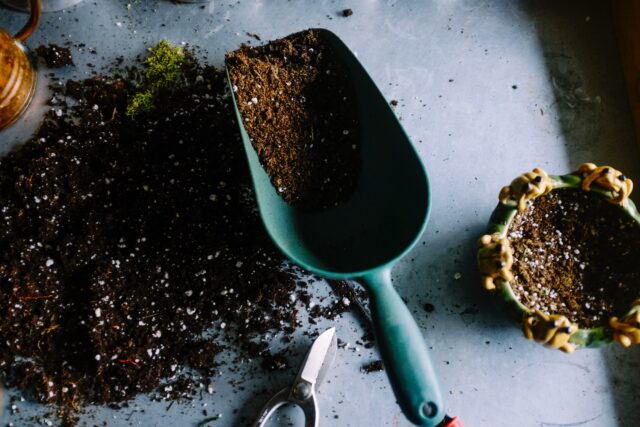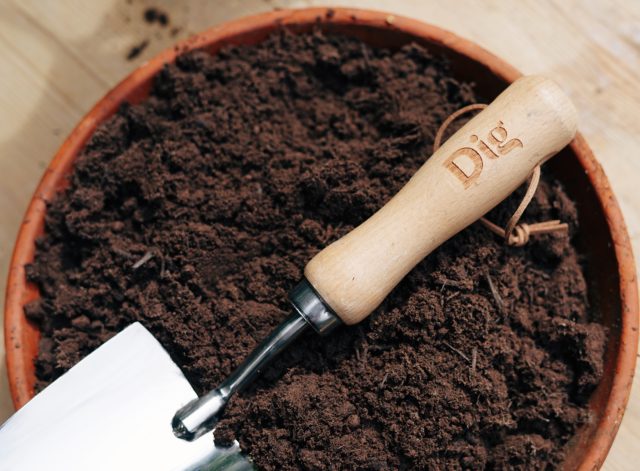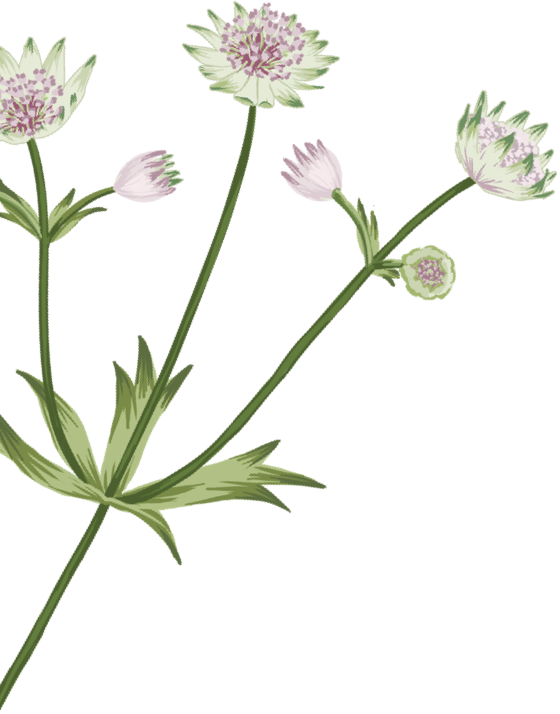The festive season has drawn to a close, the Christmas tree has been dismantled, dissected and added to the logpile, and we face a cold month of what you might think is very little garden activity. But January is also a month of opportunity. Resolutions aside, January presents us with the chance to take a look at the bare bones of our gardens, terraces and balconies. With growth and greenery at their lowest ebb, and many plants lying dormant – conserving energy and strengthening below the surface ready to burst through afresh in spring – January is a chance to take stock. Is that plant where I really want it? Where are there gaps? What can I be getting on with during this quiet period?
With the space and time to examine activity, design, and function of our outdoor spaces, January can be, for many gardeners, one of the most useful months of the year. There are plenty of day-to-day jobs to be getting on with this month but there are also a few suggestions below from our team to really enhance your spaces – to bring in more wildlife, to get ahead of the game and to work smart, not hard… as they say.
We hope you find them useful but, as always, if you have any specific questions about your Dig garden – or any garden for that matter – you can always reach all of us at hello@digclub.co.uk
Clear perennial stems and detritus
January is a perfect time for a bit of good old fashioned clearing. With perennials dying back at the end of the season, be sure to clear away any dead stems – especially if you can see them becoming soggy and rotting. They don’t look particularly attractive at this time of year and will be far more useful on your compost heap.
Put up a bird box
Encouraging more wildlife into gardens is part of our raison d’etre and plants are only half the enjoyment alongside all of the joyous nature that can come with them. If you’re looking to bring more birdlife into your garden, January is a fantastic time to put up a bird box, before the breeding season begins. A simple bird box (which are available in lots of garden centres and supermarkets now and are even something that you can fairly easily build yourself) will provide an inviting nesting site for blue tits and great tits.
There are some very smart ones now too that work perfectly in any modern outdoor space. We like this simple one from the RSPB.
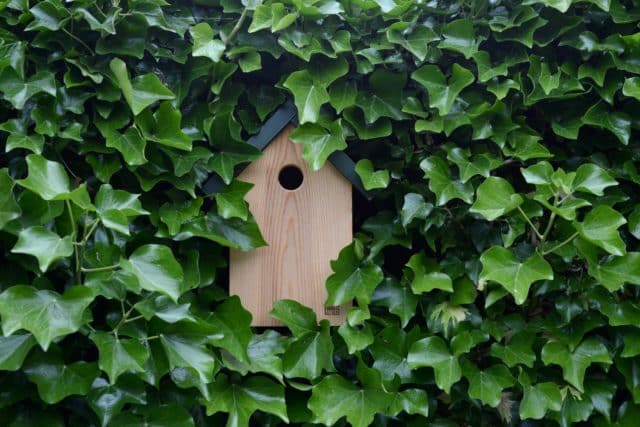
Trim back overgrown climbers such as ivy and clematis
If you are staring at a fence full of overgrown greenery, a wild mass of twisting vines, or a window box full of ivy originally intended as a little trailing flourish, now is a perfect time to trim these back. For larger plants, trimming back at this time of year avoids disturbing any nesting birds, and for all plants, January means they will be dormant and therefore less prone to feeling attacked on pruning.
Check hellebores for leaf spot disease
Hellebores are prone to a leaf fungus known as leaf spot disease. Sadly, there’s not really much that one can do to avoid it – like many plant diseases – other than vigilance. If you noticed black spots on the leaves of your hellebores which will be in flower at this time of year, remove them and bin them. Remember not to compost them to avoid the contaminated leaves affecting any other plants or carrying through to your compost.
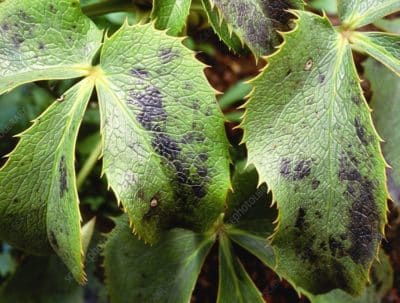
Top up bird feeders
Now that you’ve installed your bird box, your new bird friends will need something to eat to continue to encourage them to visit. January through February is usually the coldest time of the year and so birds benefit greatly from the extra energy that high protein foods such as nuts and fat provide. Ensure to keep your bird feeders topped up, and, for good measure, when they’re empty give them a good clean with a dishwashing detergent to kill any bacteria that might have taken up residence.
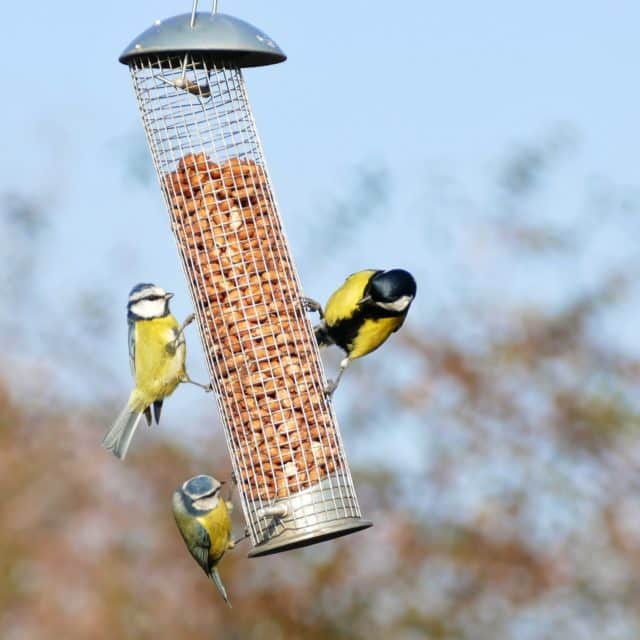
Visit your local garden centre for some winter bedding and late bulbs
We love a trip to a garden centre, and regularly supplement our designs with wonderful finds from some of the many brilliant centres and nurseries around the country. Topping up your garden with some colourful winter bedding, like cyclamen, violas, and hellebores, is a cheerful and rewarding way to brighten up these darker days. Keep your eyes peeled for late flowering tulips too as January is still a great time to get these in the ground.

Start a log pile
Whether or not you have a log burner, a log pile is a must in any garden that seeks to invite in more nature. Logs provide wonderful habitats for insects, which provide much-needed food for birds and mammals and so, if you still have a Christmas tree kicking about, or have trimmed back some climbing plants, consider stacking the larger branches and trunks in a quiet corner to help support a thriving garden ecosystem. If you have a balcony or terrace and don’t have the space for a logpile, a small bug hotel using this approach is a fantastic compromise.
Have a good tidy up
We know it’s dull, but it’s also cathartic. Give everything a good clean – sweep paths, scrub ledges, clear away dead leaves, wash out bird baths etc. etc. Wherever there is something that could do with a good clean, now is a good time to address it. When spring arrives, and your garden begins springing to life, you won’t regret having taken a bit of time to neaten things up now.

